What’s the difference between 2-stroke & 4-stroke engines?
- By BISON
Table of Contents
In the 19th century, the internal combustion engine revolutionized our world in ways once unimaginable. An integral part of machines ranging from vehicles to portable machines, it converts the chemical energy of fuel into mechanical energy – a process that powers our lives, industry, economies and the prosperous world we live in today.
There are two main types of internal combustion engines: two-stroke engines and four-stroke engines. Both have the same overall goal of converting fuel into motion, but their methods of operation, efficiency, and application are very different. Understanding these differences is critical when you anticipate getting into the small engine business.
Here is the article which will let you know of every single detail and in depth analysis of both two-stroke engine and the four-stroke engine.
Let’s get started.
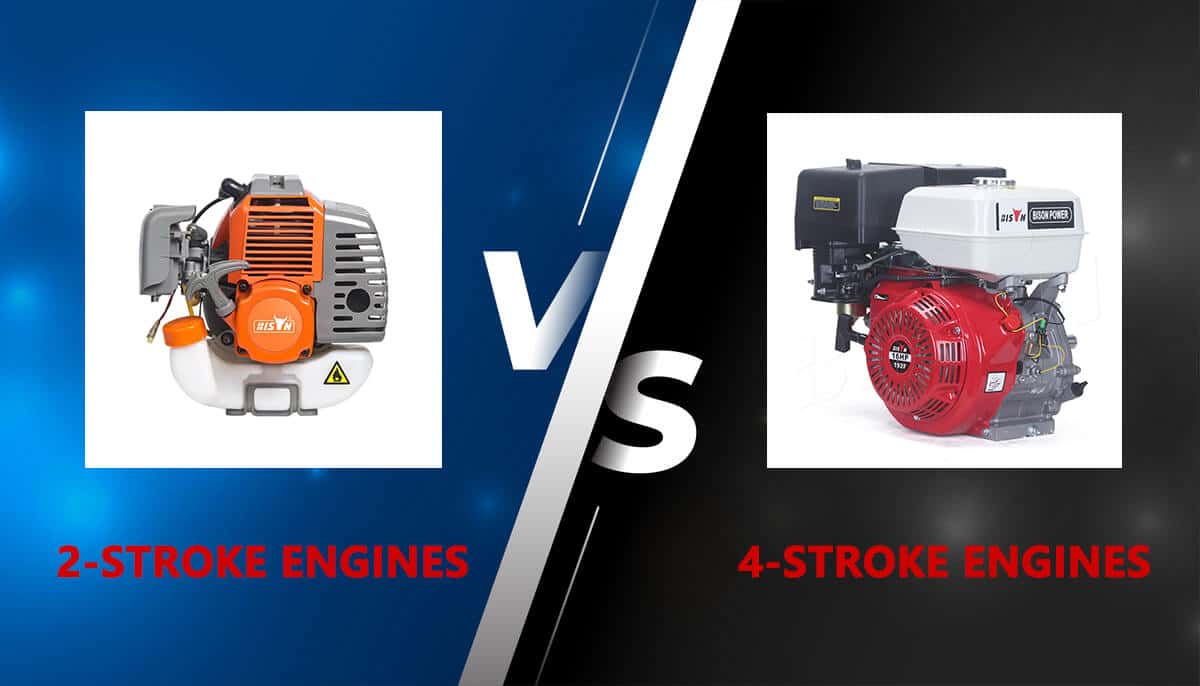
How do combustion engines work, and what is a “stroke” anyway?
To understand how these two engines differ, you must first know the basics.
In essence, an ‘engine stroke’ refers to the movement of the piston within the cylinder of an engine from its topmost position (Top Dead Centre or TDC) towards its bottommost position (Bottom Dead Centre or BDC), or vice versa. The number of times the piston rises and falls during a cycle determines how quickly this combustion process happens in a 2-stroke versus a 4-stroke engine.
1. Intake stroke:
Also known as the induction or suction stroke, this phase begins when the piston is at the top of the cylinder (TDC), and the intake valve opens. As the piston moves downward towards BDC, it creates a vacuum that draws in a fresh air-fuel mixture into the combustion chamber above the piston.
2. Compression stroke:
Following the intake stroke, both the intake and exhaust valves close. The piston then moves upward from BDC back towards TDC, compressing the fresh air-fuel mixture in the process.
3. Combustion or power stroke:
Once the air-fuel mixture has been compressed, the spark plug at TDC ignites the mixture, causing a rapid combustion that expands the gases and forces the piston downwards towards BDC. This rapid downward motion turns the crankshaft, converting the heat and pressure of the explosion into usable mechanical energy—that is, the very power that moves our machinery.
4. Exhaust stroke:
The final phase in the cycle, the exhaust stroke, begins when the exhaust valve opens as the piston starts another upward journey from BDC to TDC. This upward movement expels the burned gases (now waste products) from the combustion chamber via an exhaust outlet, thus cleaning the chamber and preparing it for the next cycle of strokes.
2-stroke engine
Defining a Two-Stroke Engine
A two-stroke (or two-cycle) engine is a type of internal combustion engine that completes a power cycle with two strokes (up and down movements) of the piston during only one crankshaft revolution. The operational process of a two-stroke engine is characterized by simultaneous or overlapping operations, which results in a consolidation of actions and promises power in every revolution.
The two-step process involves:
- Upstroke (ignition/compression): The piston moves up, and air and fuel enter the crankcase. After being compressed, the fuel and air mixture is ignited.
- Downstroke (power/exhaust): The piston is pushed down once the fuel is burned, and the exhaust is ejected. And uncovers the intake port for the introduction of fresh air-fuel mix.
Advantages of 2-stroke engines
There are many advantages to using a two-stroke engine. Some of the benefits include:
- A two-stroke engine weighs less than a four-stroke engine and requires less space.
- The turning movement of the engine even takes one power stroke for each crankshaft revolution.
- The design of this engine is simple due to the lack of a valve mechanism.
- It creates less friction on engine parts during operation and increases mechanical efficiency.
- This engine develops significant power with a high power-to-weight ratio.
Disadvantages of 2-stroke engine
There are some disadvantages of using a stroke engine, such as:
- Two-stroke engines use more fuel, and only a tiny amount of fresh charge mixes with the exhaust gasses.
- You may experience excessive vibration or noise during operation.
- The life span of this engine is short as it experiences more wear and tear.
- A two-stroke engine has a narrow powerband or speed range where the engine is most efficient.
- This type of engine can become unstable during idling.
- You may experience cleanliness issues with this engine.
- A two-stroke engine does not burn cleanly, causing more air pollution than a four-stroke engine.
Applications of 2-stroke engines
Due to their strength and simplicity, two-stroke engines are commonly found in smaller, portable machine. Outdoor power tools like chainsaws, blowers, trimmers, hedge trimmers, and numerous other applications are typical of two-stroke engines. Two-stroke engines can also be found in vehicles and accessories like dirt bikes, motorcycles, and outboard motors.
4-stroke engine
Four-stroke engines are fuel efficient and operate in four stages. This methodical process allows for a distinctive separation between each operational phase, which offers enhanced engine balance and overall efficiency.
Advantages of 4-stroke engines
Employing a four-stroke engine has several benefits. Some of these benefits include:
- Four-stroke engines provide high levels of torque at low RPM during operation.
- A four-stroke engine is more fuel-efficient because it only uses fuel once every four strokes.
- Four-stroke engines emit less pollution because they do not require oil or lubricants in the power.
- These engines are durable and can withstand high amounts of wear and tear.
- You won’t need extra oil with a four-stroke engine.
- The four-stroke engine produces less noise and vibration during operation.
Disadvantages of 4-stroke engine
Additionally, four-stroke engines have a few drawbacks, like:
- These engines are heavier than the two-stroke counterparts due to additional parts in the four-stroke design.
- A four-stroke engine has more features and valves, making repairs and maintenance more expensive.
- Because it only receives power once every four-piston revolutions, this design is less potent than comparable two-stroke engines.
- This engine design includes a gear and chain mechanism, which can cause complications during maintenance.
Applications of 4-stroke engines
Four-stroke engines are an excellent choice for various applications, such as outdoor power equipment and vehicles. Additionally, they are commonly used in garden power tools. The lawnmower is one of the most famous machinery with a four-stroke engine.
Contrasting two-stroke and four-stroke engines
Here, BISON spotlight their distinguishing features across multiple dimensions for a robust comparison.
Way of working
Their main difference is how they work when comparing two and four-stroke engines. A 4-stroke engine completes one power stroke through four stages or two complete revolutions, unlike a 2-stroke engine’s single course. A power stroke in a 2-stroke engine is completed in two steps or one whole process.
Complexity
Two-stroke engines are inherently simpler than four-stroke engines. The two-stroke’s design, with fewer moving parts and without a complex valve system, makes it more straightforward. Conversely, four-stroke engines require a valve system for intake and exhaust, along with mechanisms for camshaft timing, necessitating a more complicated design resulting in increased weight and complexity.
Efficiency
An engine with four strokes is more efficient than one with two. They create complete combustion in their separate combustion phase, translating to better fuel usage, and have distinct intake and exhaust strokes, which leads to cleaner emissions.
However, due to the nature of the two-stroke engine, the exhaust port remains open while fuel is injected into the engine. Some fuel goes directly to the exhaust port and is not combusted.
Power output
The two-stroke design achieves a power output with every cycle due to simultaneous intake/exhaust and compression/power strokes, resulting in an intense power surge in contrast to the more balanced power delivery of the four-stroke.
However, four-stroke engines compensate for this by offering smoother, more controlled power delivery and reduced engine vibration.
Lubrication system
In two-stroke engines, the fuel and lubricating oil are typically mixed before intake. The lubricating oil will be burned with the fuel. The ratio of petrol to oil ranges from 10:1 to 50:1 by volume.
Conversely, 4-stroke engines are lubricated by oil stored in an oil sump. Unlike a 2-stroke engine, the oil of a 4-stroke engine does not burn with the fuel to lubricate the engine. Instead of being burned, it is recycled around the engine. As the 4-stroke engine oil is recirculated around the engine, it lubricates, dissipates heat, cleans, and keeps impurities in suspension until the oil is changed.
Maintenance and Cost
Two-stroke engines, owing to their less-complicated design, are generally easier and cheaper to maintain and repair. However, their more strenuous operation can lead to increased wear and tear, shortening their lifespan and possibly leading to more frequent repairs.
Four-strokes, while more costly to maintain and repair due to their complex systems, tend to have longer service intervals. They often outlast their two-stroke counterparts due to reduced engine stress, offsetting their higher maintenance cost in the long run.
Conclusion
In the end, knowing how two-stroke and four-stroke engines differ and what they require will help you choose wisely and proactively maintain your engine for the duration of its life. Here’s a comparative scorecard to review the primary differences at a glance:
| Aspect | Two-Stroke Engine | Four-Stroke Engine |
|---|---|---|
| Complexity | Simpler with fewer moving parts. | More complex due to valve and timing mechanisms. |
| Efficiency | Higher power-to-weight ratio. Less fuel-efficient. | Lower power-to-weight ratio. More fuel-efficient. |
| Power Output | Power in every two strokes. | Power in every four strokes. |
| Lubrication | Mixed with the fuel (premix). | Separate lubrication system. |
| Maintenance and Cost | Easier and cheaper to maintain, but generally shorter lifespan. | Higher maintenance cost but with longer service intervals. |
The decision between a two-stroke and a four-stroke engine depends solely on your needs. There is no right or wrong answer. As an established Chinese engine manufacturer, BISON proudly manufacture both two-stroke and four-stroke engines, catering to a variety of applications in an increasingly diverse marketplace. By choosing us as your trusted engine supplier, you’re aligning with a partner that prioritizes mutual growth and customer satisfaction.
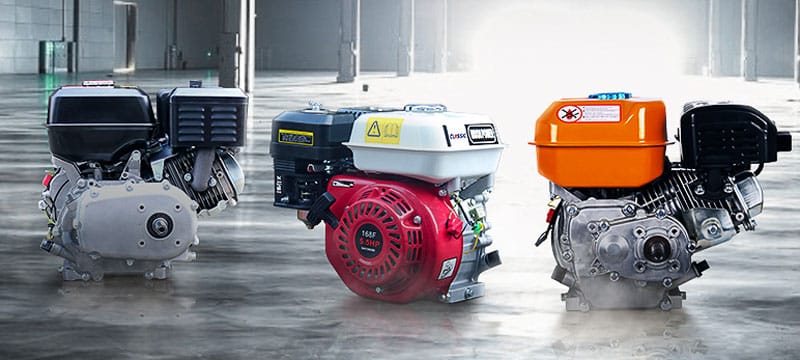
FAQs
Is my engine a two-stroke or a four-stroke?
A 2-cycle engine has a fill port with a cap with a fuel pump and oil can icon. The cap will usually specify the oil-to-fuel mix ratio. A 4-cycle engine has two fill ports, with each cap separately identifying the fuel tank from the oil sump.
Are there one-stroke engines?
Both straight and rotary 1-stroke engines can be modified to include opposed-piston-opposed-cylinder (OPOC) engines. The reciprocating piston output of 1-stroke pistons can be converted to a continuously rotating output using crankshafts with split bushings or newly developed crank gears with conventional bearings.
Most Popular Posts
QUESTIONS?
CONTACT US TODAY.
buy?
Related Posts
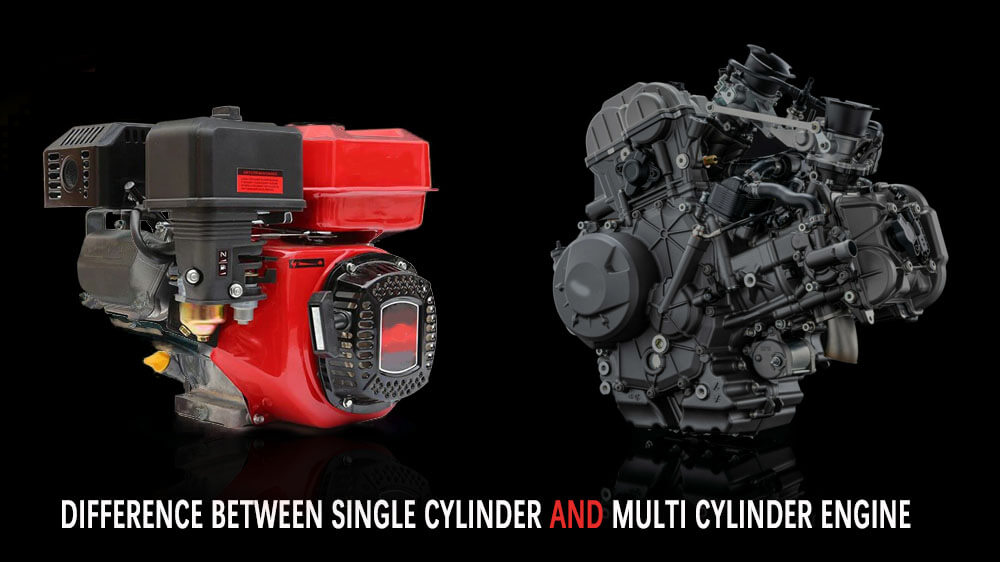
difference between single cylinder and multi cylinder engine
This article looks at single and multi cylinder engines, explains their differences, pros and cons. BISON will learn the types of machines and tasks they are suitable for.
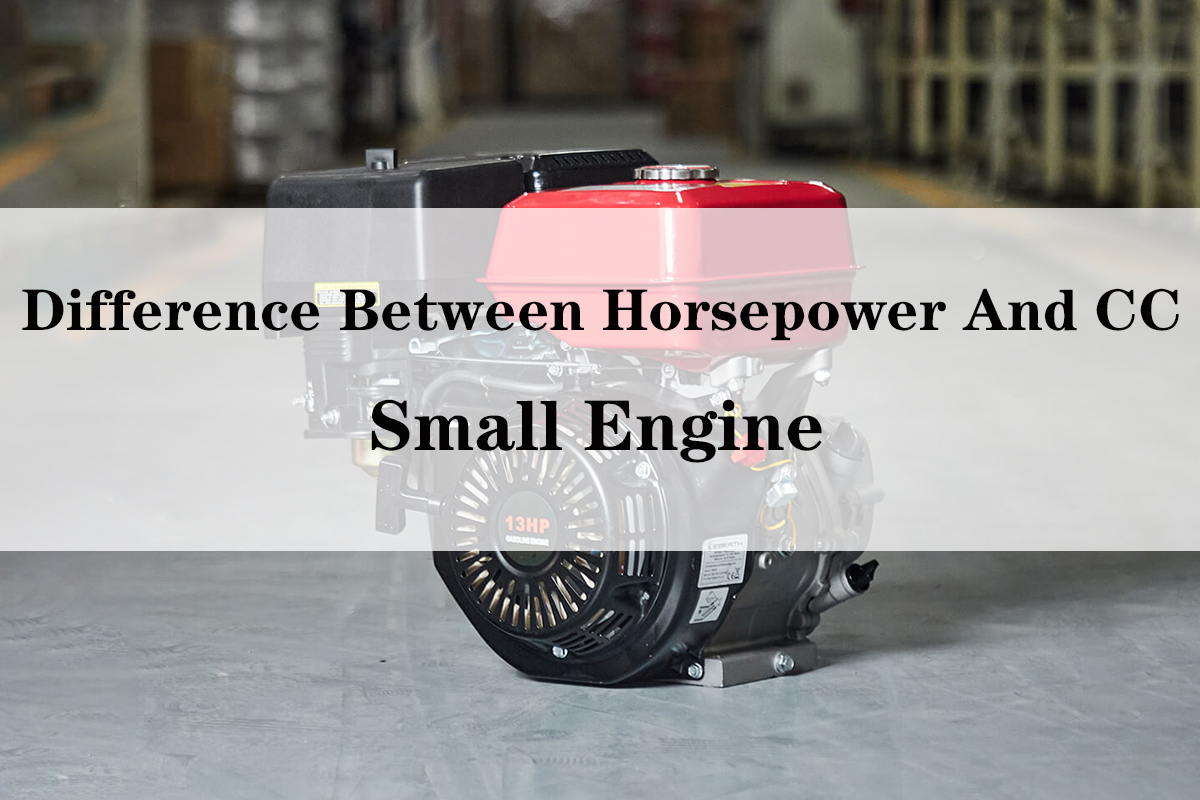
difference between horsepower and CC | small engine
In this blog post, BISON will discuss the difference between cc and horsepower, providing a clear understanding of their significance.
how to clean a small engine
By reading this article, you will gain a complete understanding of the intricacies of cleaning your small engine and how this regular maintenance can keep your engine running at its best
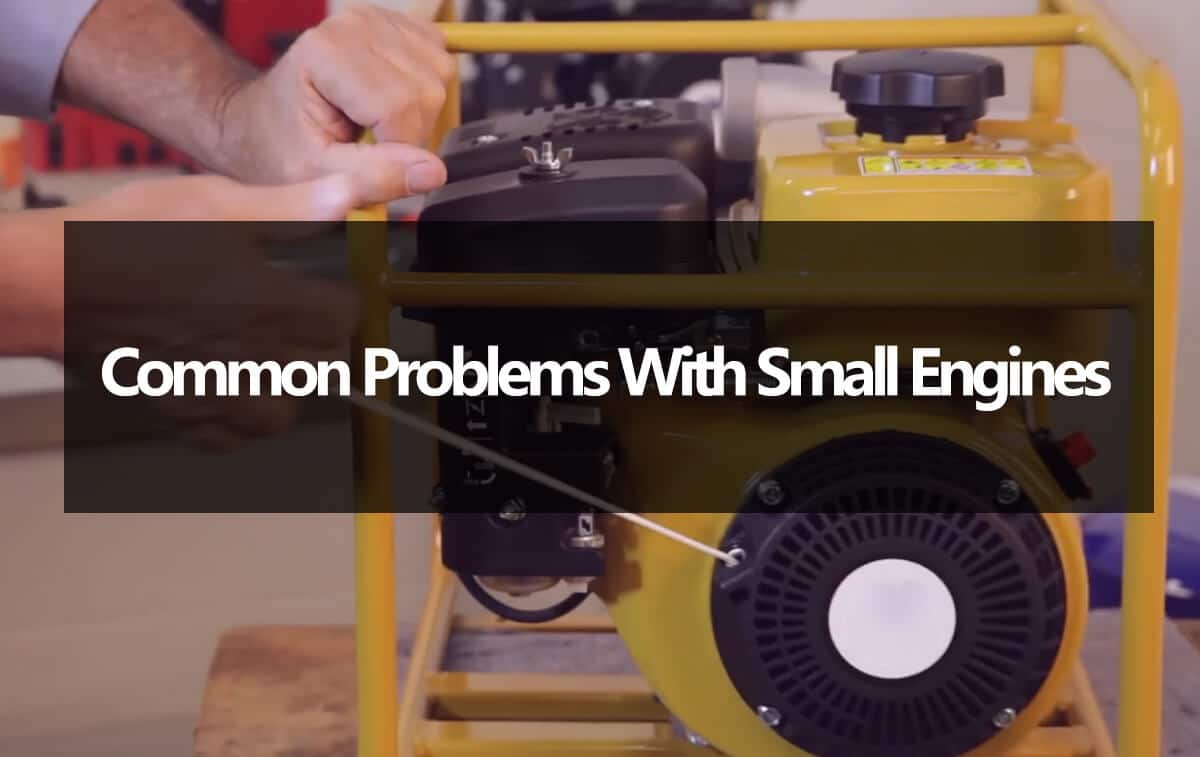
Common problems with small engines
In this article, we delve into the world of small engines, unearthing common problems that can arise and how to restore engine performance.
Related Products
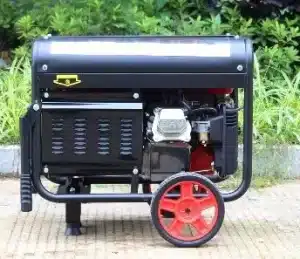
portable generators: backup power at a lower cost
PRODUCT DESCRIPTION BISON portable diesel generators are lightweight and easy to move, making them ideal
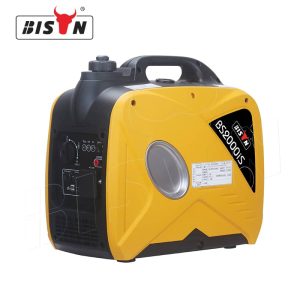
silent portable inverter generator
BISON BS2000ig silent portable inverter generator is the perfect solution for those who need a
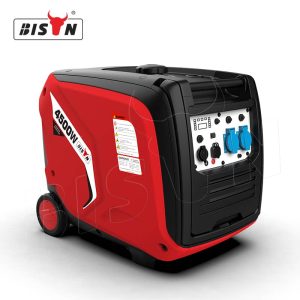
2500w digital inverter generator
The BISON BS2500I is a top-of-the-line 2500-watt digital inverter generator that delivers clean, reliable power

best inverter generator
China best inverter generator — BISON inverter generator It has super overloaded capability, which can
.png)
-qbpqbzxxvtguiuwezisu6wo6j1i29b4m1el1ir1u8o.png)

